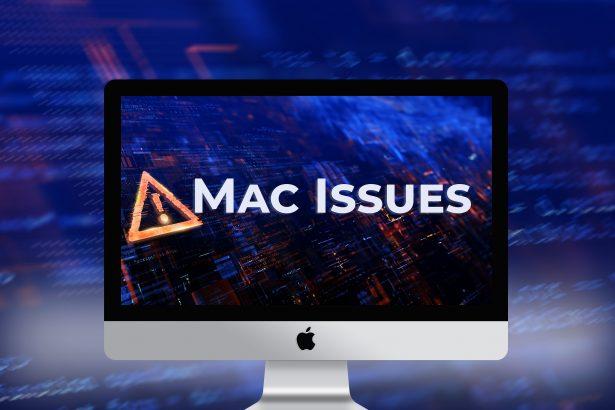A recent surge in job-offer phishing campaigns targeting macOS users has revealed GolangGhost, a Remote Access Trojan (RAT) crafted in the Go programming language. In one case, a developer enticed by a “blockchain startup” interview unwittingly executed a command that unleashed GolangGhost, granting attackers full remote control of the machine.
Threat Overview
GolangGhost is a Remote Access Trojan (RAT) that silently infiltrates macOS systems to steal data, deploy additional malware, and enable persistent remote control. Written in Go, its cross-platform capabilities and modular design make it especially dangerous.
In-Depth Analysis
Infection Vector
GolangGhost spreads primarily through “ClickFix” scam campaigns. Victims receive convincing messages—often on LinkedIn—inviting them to complete a video-interview or questionnaire. A fabricated error prompt leads users to execute a shell command that downloads and runs the RAT payload.
Behavioral Profile
- Persistence: Installs a launch agent to auto-start on reboot.
- Module Loading: Retrieves additional payloads from its C&C server.
- Data Harvesting: Enumerates system details, harvests browser cookies, autofill data, and credentials.
- Remote Control: Listens for commands to upload/download files, execute shell commands, or deploy further malware.
Risk Assessment
What happens if files fall into an attacker’s hands? GolangGhost can siphon sensitive documents, build botnets, and facilitate second-stage payloads like ransomware. In one observed incident, attackers exfiltrated proprietary code—a severe intellectual property compromise. Overall threat level: High.
Manual Removal Steps
WARNING: Manual removal is risky. Only proceed if you’re confident with macOS internals.
Step 1: Quit Suspicious Processes
- Open Activity Monitor (
Applications > Utilities). - Search for unfamiliar or resource-heavy processes (e.g.,
AtomicStealer,MacStealer, etc.). - Select and click the “X” to force quit.
Step 2: Remove Malicious Applications
- Go to
Applicationsfolder. - Look for apps you didn’t install or that appeared recently.
- Drag them to the Trash, then empty the Trash.
Step 3: Delete Launch Agents and Daemons
- Open Finder →
Go > Go to Folder… - Check the following locations for malicious .plist or .app files:javascriptCopyEdit
~/Library/LaunchAgents/ /Library/LaunchAgents/ /Library/LaunchDaemons/ ~/Library/Application Support/ ~/Library/Preferences/ /Library/Application Support/ - Remove anything suspicious (files with random names or unknown origin).
Step 4: Check Login Items
- Go to System Settings > General > Login Items.
- Remove any suspicious items from “Open at Login”.
Step 5: Reset Browsers (if hijacked)
Safari:
- Preferences > Extensions > Remove suspicious extensions
- Preferences > Homepage > Set to preferred homepage
- Clear History and Website Data
Chrome:
chrome://extensions→ Remove malicious extensionschrome://settings/reset→ Reset settings to default
Firefox:
about:addons→ Remove unknown add-onsabout:support→ Click “Refresh Firefox”
Automated Removal (Recommended)
Manual removal may miss hidden components. For full cleanup and future protection, use a trusted anti-malware tool.
✅ Recommended Tool: SpyHunter for Mac
- Detects hidden Trojans, keyloggers, stealers, and malware droppers
- Removes all components, including launch agents and hidden scripts
- Prevents future infections with real-time protection
🔍 Download SpyHunter for Mac
Scan your Mac for threats and remove them automatically.
Prevent Future Infections
- Enable System Integrity Protection (SIP) and Gatekeeper
- Only install apps from the Mac App Store or verified developers
- Keep macOS and all apps updated
- Use a strong antivirus with real-time protection
- Never open suspicious email attachments or links
- Use a password manager and avoid reusing passwords
Artifact Text
No visible ransom note exists; GolangGhost operates stealthily without user alerts.
Conclusion
GolangGhost RAT exemplifies modern macOS threats: silent, modular, and socially engineered. Early detection—by watching for unexpected processes or outbound connections—and swift removal are critical. Running a trusted anti-malware scan and keeping macOS updated remain your best defenses.




